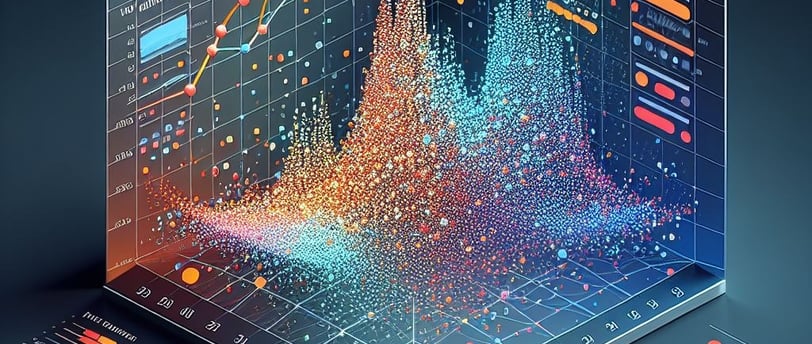StingrayLink: The Role of Predictive Analytics in Forecasting and Demand Planning in 2024
What is the next frontier in planning?
Omar Rebaza
1/30/20242 min read


In today's ever-changing business landscape, accurately forecasting demand is more critical than ever. Companies that can effectively predict what their customers will want, when they will want it, and how much they will be willing to pay for it are at a significant advantage. This is where predictive analytics comes in.
Predictive analytics is a branch of data analytics that uses statistical modeling and machine learning to forecast future outcomes. In the context of forecasting and demand planning, predictive analytics can be used to:
Identify trends and patterns in historical data to understand what has driven demand in the past.
Analyze external factors such as economic conditions, weather patterns, and social media trends to understand how they might impact future demand.
Develop forecasting models that can be used to predict future demand with greater accuracy than traditional methods.
The benefits of using predictive analytics for forecasting and demand planning are numerous. These include:
Improved forecast accuracy: Predictive analytics can help businesses to make more accurate forecasts of demand, which can lead to better decision-making across the organization.
Reduced inventory costs: By more accurately forecasting demand, businesses can avoid overstocking and understocking, which can lead to significant cost savings.
Improved customer satisfaction: When businesses can meet customer demand more effectively, it leads to higher customer satisfaction and loyalty.
Increased profitability: By optimizing their inventory levels and pricing strategies, businesses can improve their profitability.
Here are some of the key trends in predictive analytics for forecasting and demand planning in 2024:
The use of artificial intelligence (AI) and machine learning is increasing. AI and machine learning can be used to develop more sophisticated forecasting models that can handle complex data and relationships.
The use of real-time data is becoming more common. Real-time data can be used to make more up-to-date forecasts and respond to changes in demand more quickly.
The integration of forecasting and demand planning with other business processes is increasing. This is leading to a more holistic approach to demand management.
As businesses continue to adopt predictive analytics for forecasting and demand planning, they can expect to see significant benefits in terms of accuracy, efficiency, and profitability.
In conclusion, predictive analytics is playing an increasingly important role in forecasting and demand planning. By using predictive analytics, businesses can make more accurate forecasts, reduce costs, improve customer satisfaction, and increase profitability.
I hope this post has been helpful. Please let me know if you have any questions.
